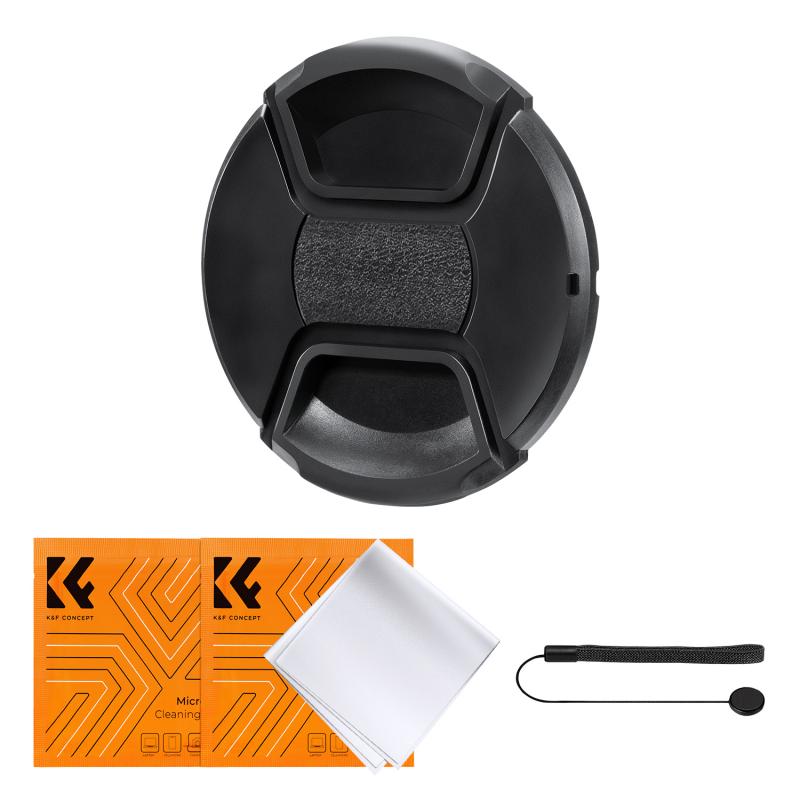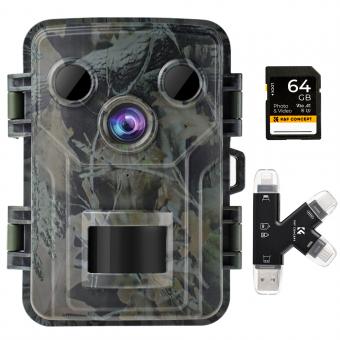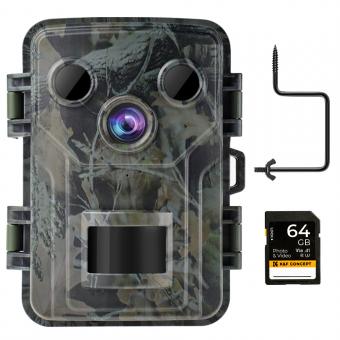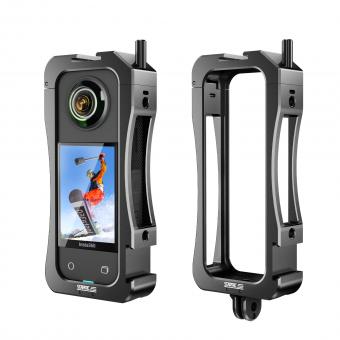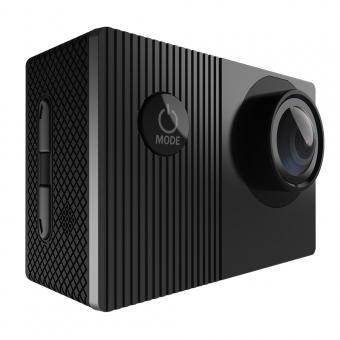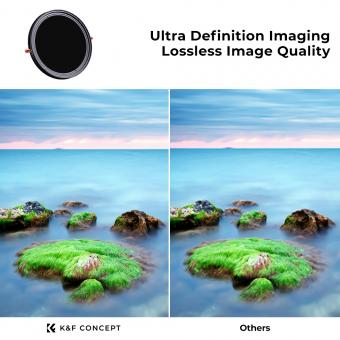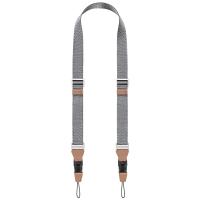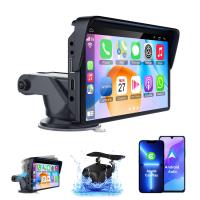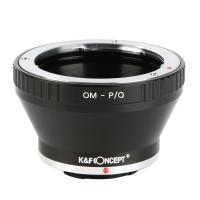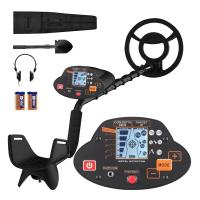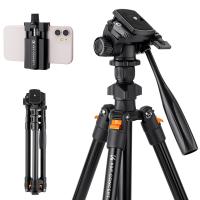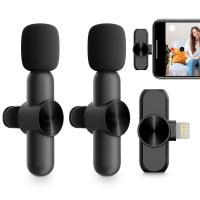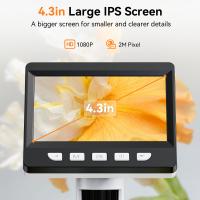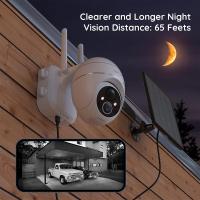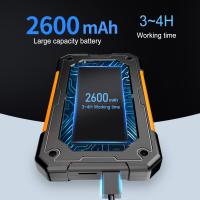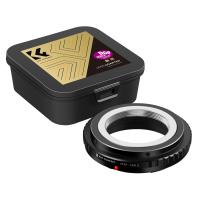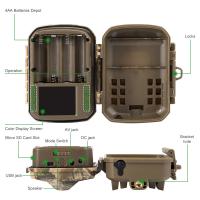How To Install Cctv Camera ?
To install a CCTV camera, first, determine the desired location for the camera and ensure it has a clear view of the area to be monitored. Next, mount the camera securely using the appropriate brackets or mounts. Connect the camera to a power source, either by plugging it into an electrical outlet or using a power adapter. Then, run the necessary cables from the camera to the recording device or monitor, ensuring they are properly connected. Configure the camera settings, such as resolution and recording mode, according to your preferences. Finally, test the camera to ensure it is functioning correctly and adjust the angle or position if necessary.
1、 Camera Placement and Field of View
Camera Placement and Field of View are crucial factors to consider when installing a CCTV camera system. Proper placement ensures maximum coverage and effectiveness of the surveillance system. Here is a step-by-step guide on how to install CCTV cameras:
1. Determine the areas to be monitored: Identify the key areas that require surveillance, such as entrances, parking lots, or high-risk areas. Assess the potential blind spots and vulnerabilities.
2. Choose the right camera: Select a camera that suits your specific needs, considering factors like resolution, night vision capabilities, weather resistance, and connectivity options.
3. Mounting the camera: Install the camera at an appropriate height and angle to capture the desired field of view. Ensure it is securely mounted to prevent tampering or damage.
4. Adjust the field of view: Position the camera to cover the intended area effectively. Adjust the lens focal length and angle to achieve the desired coverage. Consider using wide-angle lenses for larger areas or zoom lenses for more detailed views.
5. Consider lighting conditions: Assess the lighting conditions in the area. Install additional lighting if necessary to ensure clear footage during both day and night.
6. Run cables and connect the camera: Connect the camera to the power source and run the necessary cables to the recording device or monitor. Use high-quality cables to minimize signal loss.
7. Test the camera: Once installed, test the camera to ensure it is capturing the desired field of view and producing clear footage. Adjust the settings if needed.
8. Monitor and maintain: Regularly monitor the camera system to ensure it is functioning correctly. Clean the lens and check for any obstructions that may affect the camera's performance.
It is important to stay updated with the latest advancements in CCTV camera technology. Consider features like remote access, motion detection, and video analytics to enhance the effectiveness of your surveillance system.

2、 Mounting and Fixing the Camera
Mounting and fixing a CCTV camera is a crucial step in ensuring effective surveillance and security. Here is a step-by-step guide on how to install a CCTV camera:
1. Determine the camera location: Identify the areas you want to monitor and choose suitable locations for the cameras. Consider factors such as the field of view, lighting conditions, and accessibility.
2. Gather the necessary tools: You will need a drill, screws, screwdriver, cable clips, and a ladder or step stool.
3. Install the mounting bracket: Use the drill to create holes in the wall or ceiling where you want to mount the camera. Attach the mounting bracket securely using screws.
4. Connect the cables: Run the camera cables through the bracket and secure them using cable clips. Ensure that the cables are hidden and protected from damage.
5. Fix the camera: Attach the camera to the mounting bracket and adjust it to the desired angle. Make sure it is securely fixed and stable.
6. Test the camera: Connect the camera to a power source and a monitor or recording device. Check the camera's field of view and adjust the angle if necessary. Ensure that the camera is functioning properly.
7. Configure the camera: Follow the manufacturer's instructions to set up the camera's settings, such as resolution, motion detection, and recording options. Connect the camera to your network if it is an IP camera.
8. Monitor and maintain: Regularly check the camera's performance and clean the lens to ensure clear footage. Keep the camera's firmware up to date to benefit from the latest security features.
It is important to note that the latest point of view in CCTV camera installation includes the use of wireless cameras, which eliminate the need for running cables. These cameras can be easily mounted and connected to a Wi-Fi network, providing flexibility in camera placement. Additionally, many modern CCTV systems offer remote access and monitoring through smartphone apps, allowing users to view live footage and receive notifications on their mobile devices.
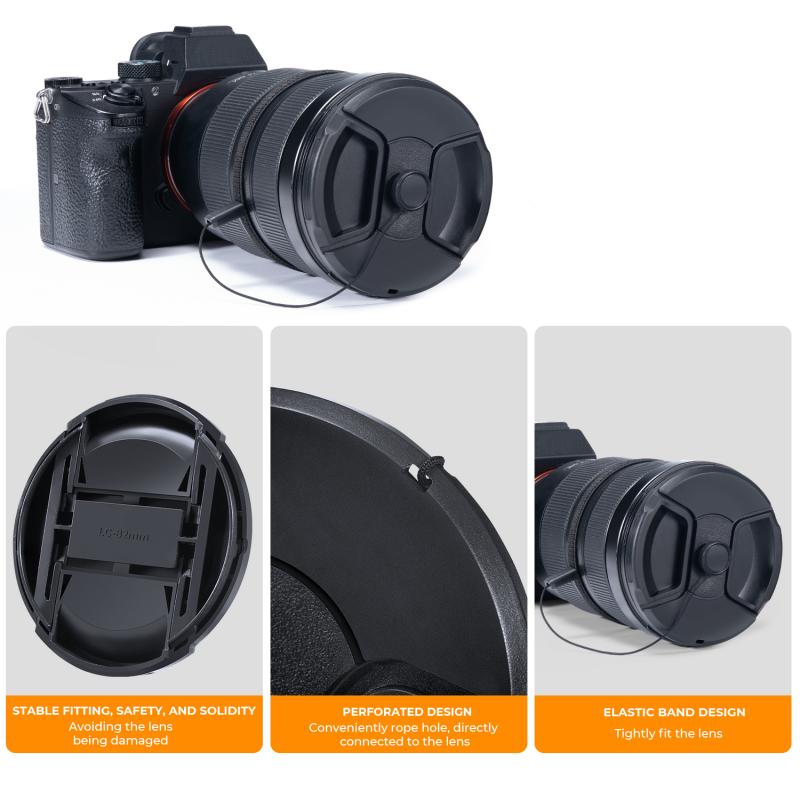
3、 Running Cables and Wiring
Installing a CCTV camera involves several steps, and one of the most crucial aspects is running cables and wiring. Here is a guide on how to install CCTV cameras by focusing on the process of running cables and wiring.
1. Plan the layout: Before running cables, it is essential to plan the camera placement and determine the best route for the cables. Consider factors such as the distance from the camera to the recording device, power source availability, and potential obstacles.
2. Choose the right cables: Selecting the appropriate cables is crucial for optimal camera performance. For analog cameras, coaxial cables are commonly used, while network/IP cameras require Ethernet cables. Ensure that the cables are of high quality and suitable for outdoor or indoor use, depending on the camera's location.
3. Prepare the cables: Measure and cut the cables to the required length, leaving some extra length for flexibility. Strip the ends of the cables to expose the inner wires for proper connection.
4. Run the cables: Carefully run the cables along the planned route, avoiding sharp bends or tight corners that could damage the wires. Use cable clips or conduit to secure the cables and protect them from environmental factors.
5. Connect the cables: Once the cables are in place, connect them to the camera and the recording device. For analog cameras, attach the coaxial cable to the camera's BNC connector, while network/IP cameras require Ethernet connections. Ensure a secure and proper connection to avoid signal loss or interference.
6. Test the connections: After connecting the cables, test the camera's functionality by checking the video feed on the recording device. Make any necessary adjustments or reposition the camera if needed.
7. Conceal the cables: To maintain a neat and professional appearance, conceal the cables using cable covers, conduits, or by routing them through walls or ceilings. This step helps protect the cables from damage and prevents tampering.
It is worth noting that with advancements in technology, wireless CCTV systems are becoming increasingly popular. These systems eliminate the need for running cables and wiring, providing a more flexible and convenient installation process. However, wired systems still offer certain advantages, such as more reliable connections and higher video quality.
In conclusion, running cables and wiring is a crucial step in installing CCTV cameras. By carefully planning the layout, choosing the right cables, and ensuring proper connections, you can set up an effective surveillance system to enhance security.
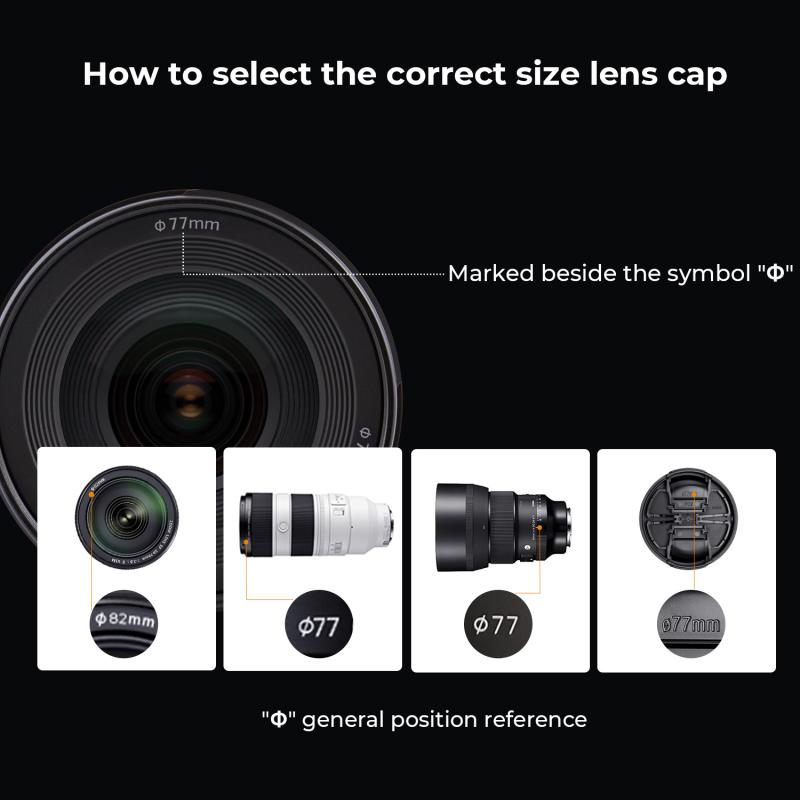
4、 Connecting the Camera to a DVR or NVR
To install a CCTV camera, one of the crucial steps is connecting the camera to a DVR (Digital Video Recorder) or NVR (Network Video Recorder). This process allows you to record and monitor the camera's footage. Here's a step-by-step guide on how to connect the camera to a DVR or NVR:
1. Choose the appropriate cables: Depending on the camera and DVR/NVR, you may need BNC (Bayonet Neill-Concelman) or Ethernet cables. BNC cables are commonly used for analog cameras, while Ethernet cables are used for IP cameras.
2. Connect the camera to the DVR/NVR: Plug one end of the cable into the camera's video output port and the other end into the corresponding input port on the DVR/NVR. For IP cameras, connect the Ethernet cable to the camera and the network port on the recorder.
3. Power the camera: Connect the camera to a power source using the provided power adapter or PoE (Power over Ethernet) injector. PoE cameras receive power through the Ethernet cable, eliminating the need for a separate power source.
4. Configure the camera: Access the DVR/NVR's interface through a monitor or a computer. Follow the manufacturer's instructions to add the camera to the system. This typically involves assigning an IP address to the camera and configuring other settings such as resolution and recording options.
5. Test the connection: Once the camera is added, check the live feed on the DVR/NVR's interface to ensure the camera is functioning correctly. Adjust the camera's position if necessary.
It's important to note that the specific steps may vary depending on the camera and DVR/NVR models. Always refer to the manufacturer's instructions for detailed guidance. Additionally, consider consulting a professional installer for complex installations or if you are unsure about any step.
